Tame Timneh African Grey Parrots
$4,900.00
Tame Timneh African Grey Parrots
Timneh African Grey Parrot (Psittacus erithacus timneh) is a captivating subspecies of the renowned African Grey Parrot, often overshadowed by its more famous cousin, the Congo African Grey. Native to the lush coastal rainforests of West Africa, including countries like Guinea, Sierra Leone, and Liberia, the Timneh has captured the hearts of bird enthusiasts worldwide for its intelligence, gentle demeanor, and remarkable ability to mimic human speech. Smaller and darker than the Congo Grey, Timnehs are prized as pets for their loyalty and playfulness, but they require dedicated, patient owners to thrive. In this in-depth guide, we’ll explore everything from their origins and physical traits to detailed taming techniques, comprehensive care requirements, legal considerations, and more. Whether you’re considering adopting a Timneh or already have one, this resource will help you build a strong, lifelong bond.
Overview of Timneh African Grey Parrots
Timneh African Greys were first described scientifically in 1842 by ornithologist John Gould, distinguishing them from the Congo subspecies by their smaller size and distinct coloration. Adults typically measure 11-12 inches (28-30 cm) in length and weigh 10-14 ounces (280-400 grams), making them more compact than Congos. Their plumage is a rich, charcoal gray with subtle barring on the back, a deep maroon tail, and a characteristic maroon patch on the forehead and cheeks that fades slightly with age. Unlike the Congo Grey’s lighter gray and red tail, Timnehs have a more subdued, earthy appearance that some owners find more elegant.
In the wild, Timnehs inhabit dense, humid forests where they forage for fruits, seeds, nuts, and insects. They live in small family groups or pairs, communicating with soft whistles and calls. This social structure influences their behavior as pets—they crave interaction and can become depressed or destructive without it. Domesticated Timnehs have been bred for generations, leading to variations in temperament, but they generally retain their wild intelligence, with cognitive abilities comparable to a 3-5 year old child. Their lifespan in captivity can reach 50-60 years, sometimes longer with exceptional care, making them a long-term commitment akin to adopting a child.
Compared to other exotic birds, Timnehs are quieter than cockatoos or macaws but more vocal than some smaller parrots. They’re known for their problem-solving skills, often figuring out puzzle toys or locks on their cages. However, they can be sensitive to changes in their environment, which is why taming and socialization are crucial from the start.
Taming and Training Tips: A Step-by-Step Approach
Taming a Timneh African Grey is a rewarding process that builds trust and prevents behavioral issues like biting, screaming, or feather plucking. These birds are naturally cautious, so rushing the process can backfire. The key is patience, consistency, and positive reinforcement—never use punishment, as it erodes trust. Most Timnehs can be tamed within 2-6 months, depending on their age and previous experiences, but some may take up to a year.
-
Preparation and Acclimation (Weeks 1-2):
- Begin by placing your Timneh in a spacious, quiet cage in a low-traffic area of your home. Avoid direct sunlight or drafts, and ensure the cage is at eye level to make the bird feel less vulnerable.
- Let the bird observe you from afar without interaction. Talk softly to introduce your voice, and offer treats like unsalted almonds or apple slices through the cage bars. This helps associate you with positive experiences.
- Common mistake: Overhandling too soon. Give the bird time to adjust; forced contact can lead to fear-based aggression.
-
Building Initial Trust (Weeks 3-6):
- Start with “target training”: Hold a stick or your finger near the cage with a treat at the end. Encourage the bird to touch it gently. Reward every small success with praise and food.
- Introduce hand-perching gradually. Open the cage door and extend your hand palm-up, saying “step up” calmly. If the bird hesitates, don’t force it—try again later. Use millet sprays or favorite toys as incentives.
- Socialize in short sessions (5-10 minutes) multiple times a day. Play soft music or read aloud to familiarize the bird with your routine.
-
Advanced Training and Bonding (Weeks 7+):
- Teach basic commands like “step up,” “down,” or “wave” using clicker training. Click the device immediately after the desired behavior and follow with a treat.
- Encourage mimicry by repeating simple words or phrases consistently. Timnehs excel at this, often learning 100+ words, but avoid teaching inappropriate language.
- Address challenges: If nipping occurs (common during hormonal phases like molting), redirect with a toy and increase out-of-cage time. Screaming might indicate boredom—provide more enrichment. For persistent issues, consult an avian behaviorist.
- Bonding tips: Spend quality time daily, including gentle head scratches (once trusted) and play sessions. Timnehs often choose one “person” but can learn to accept others with time.
Remember, each bird is unique. A hand-raised Timneh from a breeder may tame faster than a wild-caught or rescue bird. If you’re new to parrots, consider working with a professional trainer initially.
Care Requirements: Ensuring a Happy, Healthy Life
Timneh African Greys are not “easy” pets—they demand a structured environment to mimic their natural needs. Proper care prevents health problems and behavioral issues, ensuring they live their full lifespan.
-
Diet and Nutrition:
- Base diet: 70-80% high-quality, formulated pellets (e.g., brands like Harrison’s or Zupreem for African Greys). These provide balanced nutrients and prevent deficiencies.
- Fresh foods: Offer a variety of chopped veggies (broccoli, carrots, spinach) and fruits (apples, pears, berries) daily. Include nuts like almonds or walnuts sparingly for fats.
- Supplements: Add a calcium source (e.g., cuttlebone) and a vitamin D3 supplement, especially if indoor. Avoid toxic items like avocado, chocolate, caffeine, or high-sugar foods.
- Feeding schedule: Two meals a day, with foraging opportunities to stimulate natural behaviors.
-
Housing and Environment:
- Cage size: Minimum 24x24x36 inches for one bird, with horizontal bars for climbing. Include multiple perches of varying diameters to prevent foot issues, and line the bottom with newspaper or pellets for easy cleaning.
- Toys and Enrichment: Rotate toys weekly—bell toys, puzzle feeders, and shreddable items keep them mentally engaged. Provide a “play gym” outside the cage for supervised exploration.
- Lighting and Temperature: Maintain 70-80°F (21-27°C) with 40-60% humidity. Use full-spectrum UVB bulbs for 10-12 hours daily to support feather health and prevent vitamin D deficiency.
- Sleep: Cover the cage at night for 10-12 hours in a dark, quiet room to promote rest.
-
Health and Veterinary Care:
- Routine check-ups: Visit an avian vet annually, or more often if issues arise. Watch for signs of illness like fluffed feathers, abnormal droppings, or lethargy.
- Common issues: Psittacosis (a bacterial infection), feather plucking (often stress-related), beak overgrowth, or nutritional deficiencies. Timnehs are prone to hypocalcemia if calcium is low.
- Grooming: Provide a shallow dish for bathing; they enjoy misting or showers. Trim nails and beaks as needed by a professional.
- Exercise: Allow 2-4 hours of supervised out-of-cage time daily to prevent obesity and encourage physical activity.
-
Social and Emotional Needs:
- Interaction: Timnehs thrive on companionship. If you can’t provide daily attention, consider a companion bird (same species preferred) or hiring a bird sitter.
- Routine: Stick to a consistent schedule for feeding, play, and sleep to reduce stress.
Legal and Ethical Considerations
Timneh African Greys are listed under CITES Appendix II, meaning international trade is regulated to prevent overexploitation. In the United States, they’re legal to own without federal permits, but state laws vary—e.g., Hawaii and some cities require licenses. Always check local regulations via the USDA or state wildlife agencies. Ethically, source from accredited breeders or rescues to avoid supporting illegal poaching, which threatens wild populations. Conservation efforts, supported by groups like the World Parrot Trust, focus on protecting West African rainforests from deforestation and mining.
Fun Facts and Anecdotes
- Mimicry Masters: Timnehs can imitate not just words but also sounds like doorbells or laughter. One famous Timneh, “Alex” (though a Congo, similar abilities), demonstrated counting and color recognition in studies.
- Playful Personalities: Many owners report their Timnehs “dancing” to music or inventing games with toys, showcasing their creative side.
- Wild Wonders: In their native habitat, Timnehs help disperse seeds, aiding forest regeneration. Captive-bred birds retain this instinct, often “planting” food items.
- Longevity Legends: Some Timnehs have lived over 70 years with optimal care, outlasting their owners and becoming family heirlooms.
- Owner Stories: Breeders often share tales of Timnehs forming deep bonds, like one bird that learned to “sing” its owner’s favorite song or comfort them during tough times.
In conclusion, taming and caring for a Timneh African Grey Parrot is a journey of mutual growth, rewarding those who invest time and love. These birds offer unparalleled companionship, but success hinges on education and empathy. If you’re ready to welcome one into your home, start by researching breeders or rescues. For more tailored advice, such as diet plans or training videos, consult an avian expert or resources like the African Grey Parrot Society.
Reviews
There are no reviews yet.
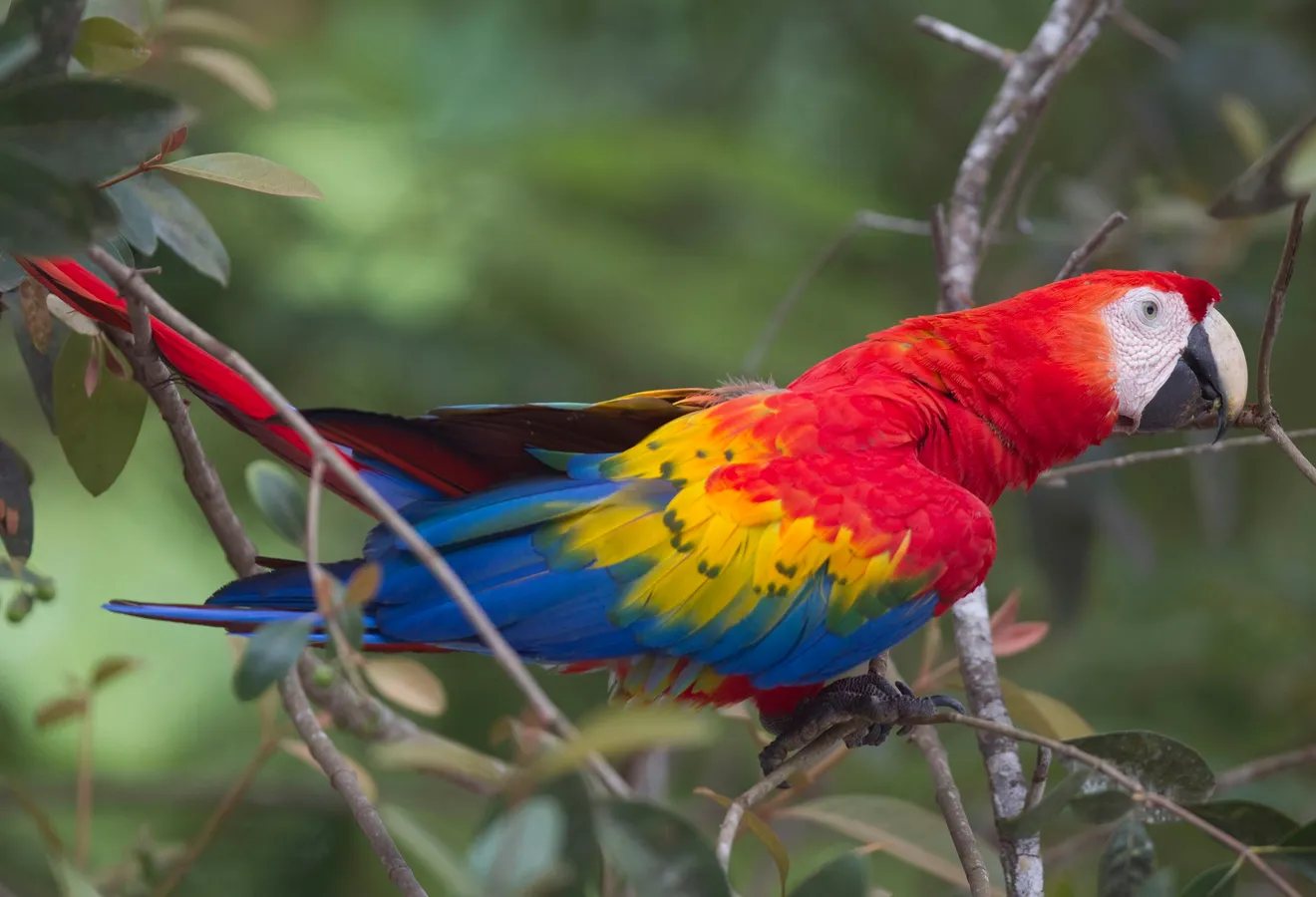

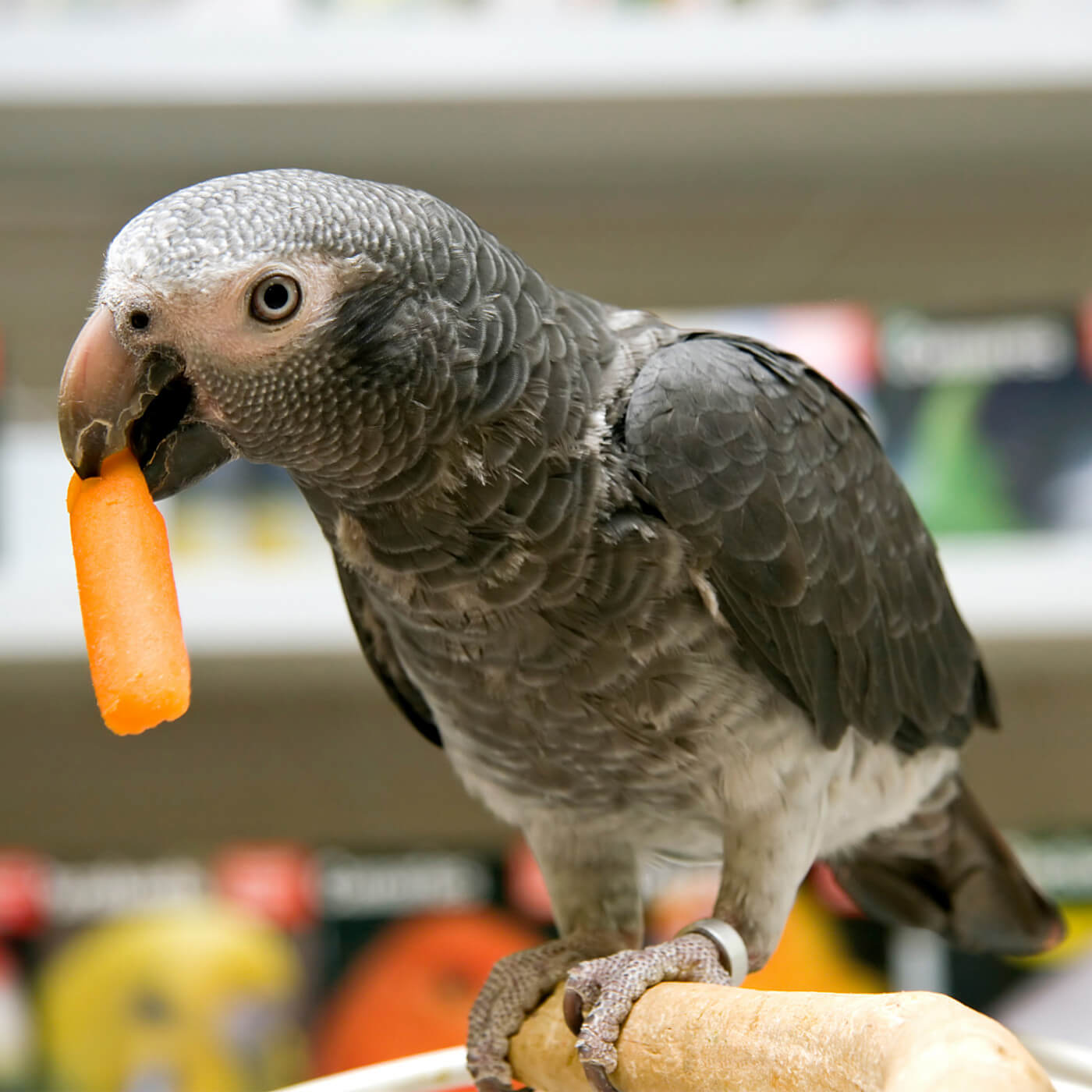
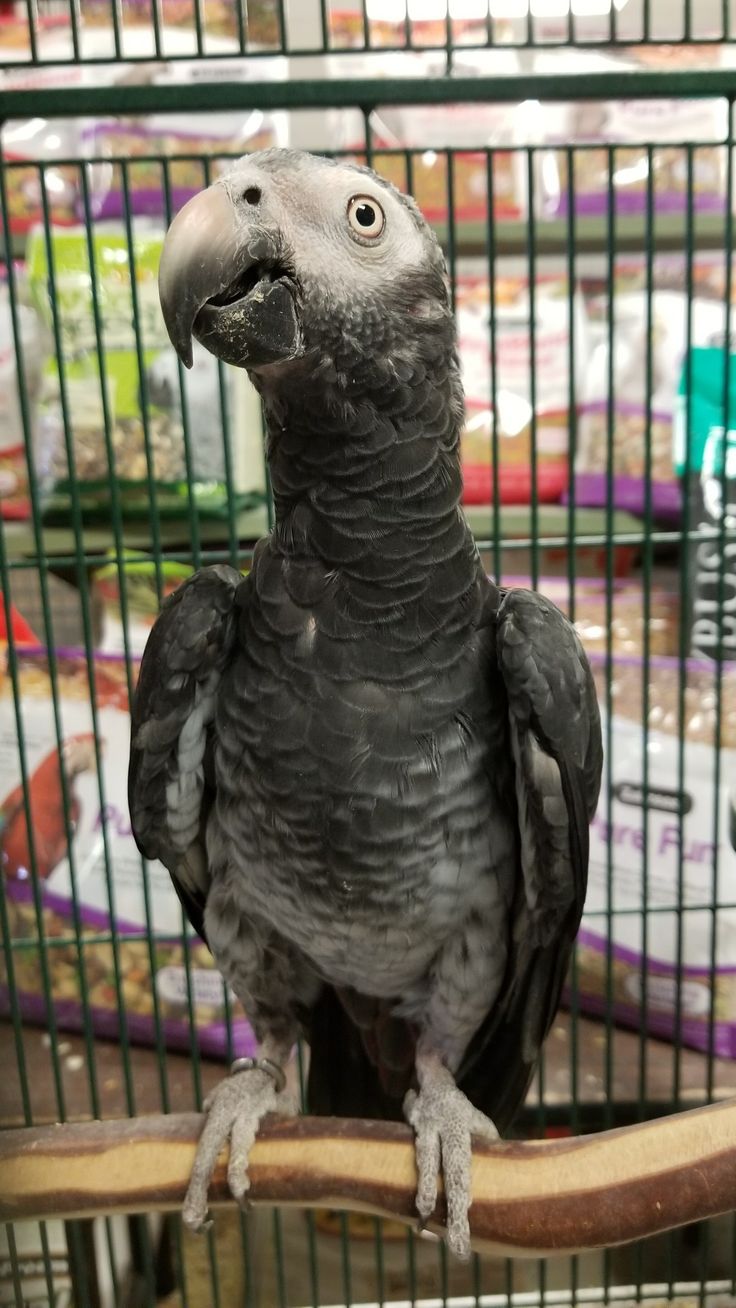
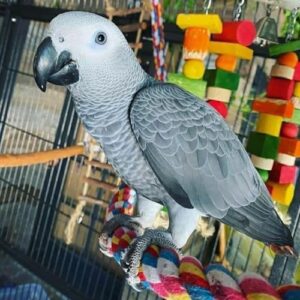
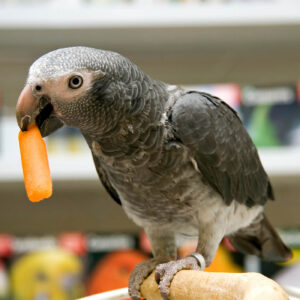
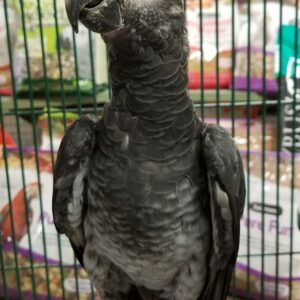
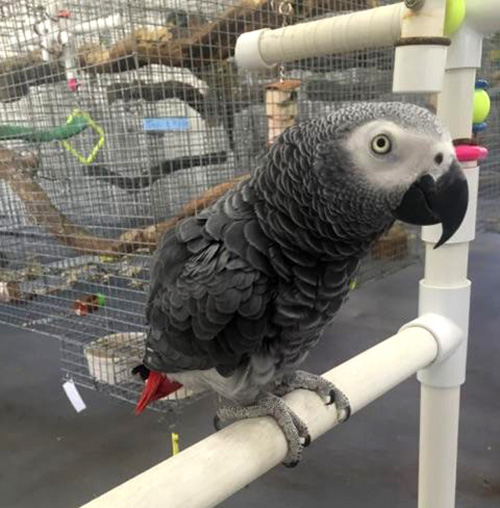

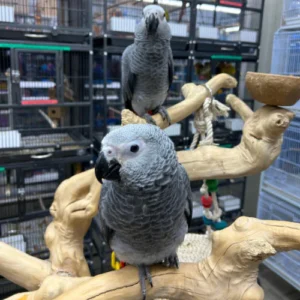
Be the first to review “Tame Timneh African Grey Parrots”